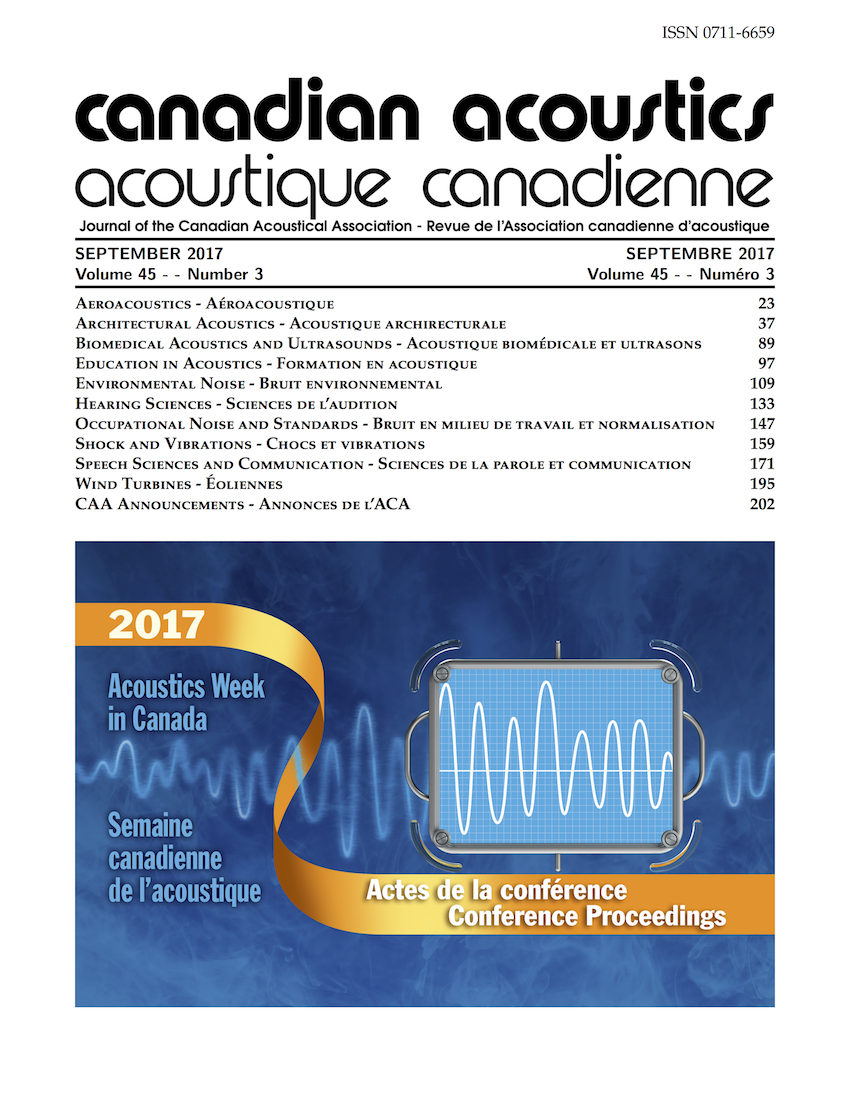An image-guided focused ultrasound system for generating acoustic shock waves that induce traumatic brain injury in wild-type zebrafish
Abstract
We have developed an image-guided focused ultrasound system that generates acoustic shock waves to induce traumatic brain injury (TBI) in wild-type zebrafish. This system permits the development of a TBI model for zebrafish that adequately recapitulates mild (closed-head) traumatic brain injury and subsequent secondary injury mechanisms. Acoustic shock waves of short pulses (pulse length = 50 ms) of intense focused ultrasound (pressure = 11 MPa) within a 7.5 mm x 1.2 mm focal zone cause brain injury by inducing mechanical stress and transient cavitation. Since zebrafish have a high degree of genetic homology and cell signalling pathways relative to mammalian species, this research may provide insight into shockwave-induced dysfunction and disruption of the blood-brain barrier in humans.
The shock wave generation system incorporates a 1 MHz focused ultrasound transducer (focal length = 10 cm in water), which is excited by pulsed 1 MHz signals that are amplified and transmitted via an impedance-matching transformer. A calibrated radiation force balance is used to correlate input electrical power with output acoustic power, which is subsequently correlated with focal-zone pressure using measurements from a calibrated hydrophone. An imaging probe embedded within the focused transducer generates confocal B-mode images to enable visualization of the zebrafish location, and to locate the zebrafish brain consistently within the focal zone. Zebrafish are anaesthetized using 100 ppm clove oil, and then individually positioned in a holder within a water tank. The holder contains a 3 mm hole covered by a thin layer of ultrasound-transparent mylar membrane, which is located under the zebrafish head to ensure that ultrasound signals are delivered only to the head. Post-TBI studies show that shocked zebrafish experience longer recovery times, decreased swim distances and velocities, heightened anxiety, and altered group social dynamics.
Additional Files
Published
How to Cite
Issue
Section
License
Author Licensing Addendum
This Licensing Addendum ("Addendum") is entered into between the undersigned Author(s) and Canadian Acoustics journal published by the Canadian Acoustical Association (hereinafter referred to as the "Publisher"). The Author(s) and the Publisher agree as follows:
-
Retained Rights: The Author(s) retain(s) the following rights:
- The right to reproduce, distribute, and publicly display the Work on the Author's personal website or the website of the Author's institution.
- The right to use the Work in the Author's teaching activities and presentations.
- The right to include the Work in a compilation for the Author's personal use, not for sale.
-
Grant of License: The Author(s) grant(s) to the Publisher a worldwide exclusive license to publish, reproduce, distribute, and display the Work in Canadian Acoustics and any other formats and media deemed appropriate by the Publisher.
-
Attribution: The Publisher agrees to include proper attribution to the Author(s) in all publications and reproductions of the Work.
-
No Conflict: This Addendum is intended to be in harmony with, and not in conflict with, the terms and conditions of the original agreement entered into between the Author(s) and the Publisher.
-
Copyright Clause: Copyright on articles is held by the Author(s). The corresponding Author has the right to grant on behalf of all Authors and does grant on behalf of all Authors, a worldwide exclusive license to the Publisher and its licensees in perpetuity, in all forms, formats, and media (whether known now or created in the future), including but not limited to the rights to publish, reproduce, distribute, display, store, translate, create adaptations, reprints, include within collections, and create summaries, extracts, and/or abstracts of the Contribution.


